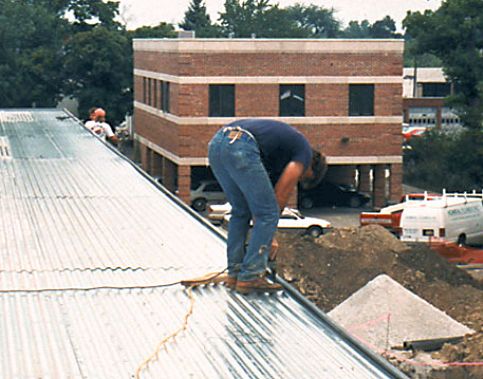Safety Inspections and Reports
Safety inspections are the best understood and most frequently used tool to assess the workplace for hazards. The term "inspection" means a general walk-around examination of every part of the worksite to locate conditions that do not comply with safety standards.
Safety inspection reports of potential hazards can be an effective tool to trigger a closer look at how work is being performed.
There are many positive reasons for conducting safety inspections, including:
- helping ensure compliance with OSHA and meet other legal responsibility
- involving both management and employees
- identifying areas of high risk and controlling hazards
- developing positive attitudes - demonstrating leadership
- suggesting better methods of doing procedures safely
Slow Down and Look Around
Be careful you don't suffer from "tunnel vision" when conducting the safety inspection. When you have tunnel vision, you focus on identifying hazards, but miss unsafe work practices occurring around you. Since most accidents are primarily the result of unsafe behaviors, it makes sense to take the time needed to observe work being done as you conduct the inspection. You can read more about conducting effective safety inspections in Course 704, Hazard Analysis and Control.
Knowledge Check Choose the best answer for the question.
4-6. What is a weakness in the typical walk-around safety inspection?
You forgot to answer the question!

